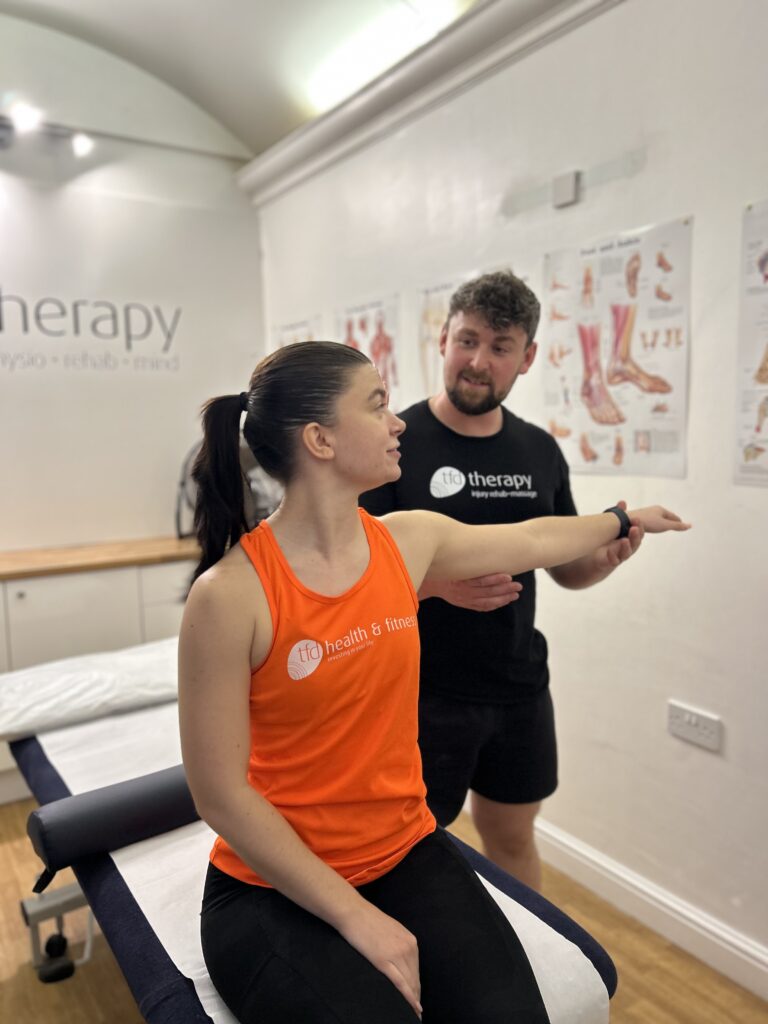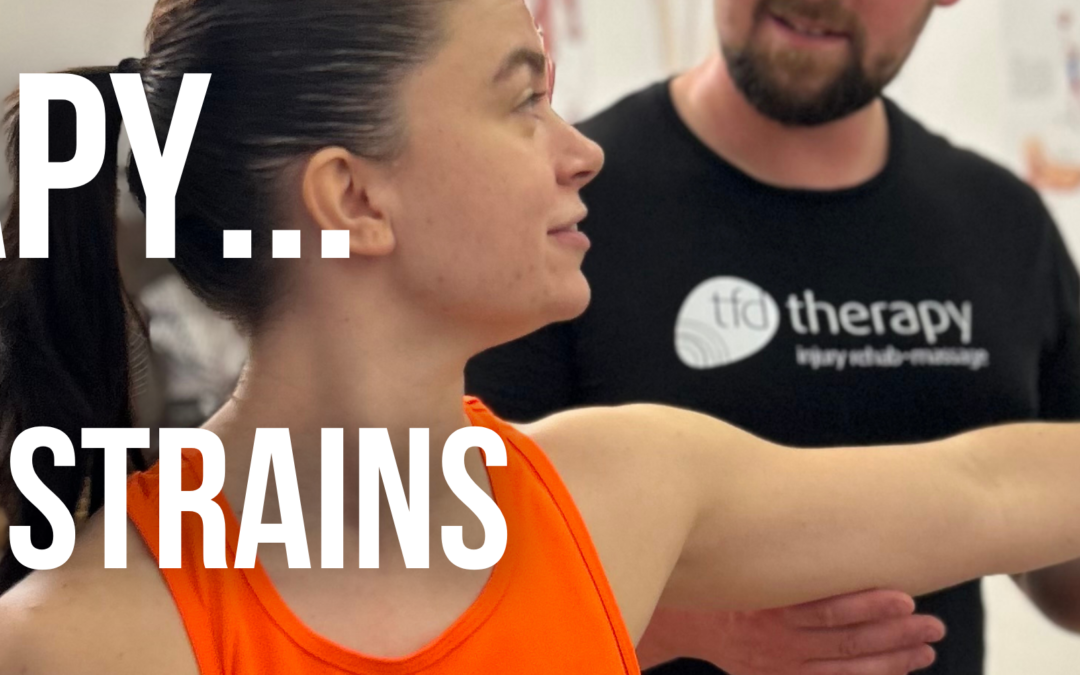What is a muscle strain?
Simply, a muscle strain is the overstretching or even the tearing of muscle fibres. Imagine a huge rubber band which if you stretched out normally, then released it, will recoil fast and efficiently. However, if you over stretch this rubber band it will start to tear. Then when you release, you’d find it is slower to recoil and much less efficient. This is what’s happening with the muscle fibres.
Why does it happen?
Most muscle strains happen for two reasons: 1. The muscle fibres have been stretched beyond their limits 2. Muscle fibres have been forced to contract strongly in a compromising position. In some cases, only a few muscle fibres will be stretched, and the muscle will still usually function appropriately. In others, a whole muscle may be torn, and the muscle will not function at all. No matter how severe, a muscle strain will always affect the ability to perform at your best. As soon as you think you’ve sustained a muscle strain, you should stop exercising. “Pushing through the pain” will always make things worse.
Some symptoms to look out for:
- Muscle pain/tenderness – usually felt when moving the muscle.
- Muscle swelling and bruising – natural inflammatory response.
- Muscle cramping/spasm.
- Decrease in muscle function – think about that rubber band!
- A popping sound at the time of injury – usually means it’s a more severe tear.
The 3 grades of muscle strain:
- Grade I strain. In this mild strain, only a few muscle fibres are stretched or torn.
- Grade II strain. This is a moderate strain, with a greater number of injured fibres and more severe muscle pain and tenderness.
- Grade III strain. This strain tears the muscle all the way through. These strains are serious injuries that cause complete loss of muscle function, as well as considerable pain, swelling, tenderness and discoloration.
How to prevent muscle strains?
- Appropriate warm-ups and cooldowns.
- Appropriate nutrition to aid recovery from sport/fitness sessions.
- Avoiding overtraining – using progressive overload to gradually increase the intensity of gym sessions.
- Using correct lifting form/technique during resistance exercise
RICE protocol
If you have sustained a muscle strain and are not sure what to do, you should follow the RICE protocol.
- Rest – Rest the injured muscle and take a break from any sporting activities.
- Ice – Ice the area to reduce swelling.
- Compress – Using elastic bandage compress the area.
- Elevate – Elevate the injured body part

If you would like any specific advice regarding muscle strains or how best to aid your muscles with recovery just speak to one of the team!

